Those who know me know that I also like to fly drones and have even built or modified one or two myself. Since the beginning of 2003, the European drone regulations have also applied in Switzerland. It is therefore all the more important to familiarise yourself with the rules and…
Off to the vertical with Lego Duplo!
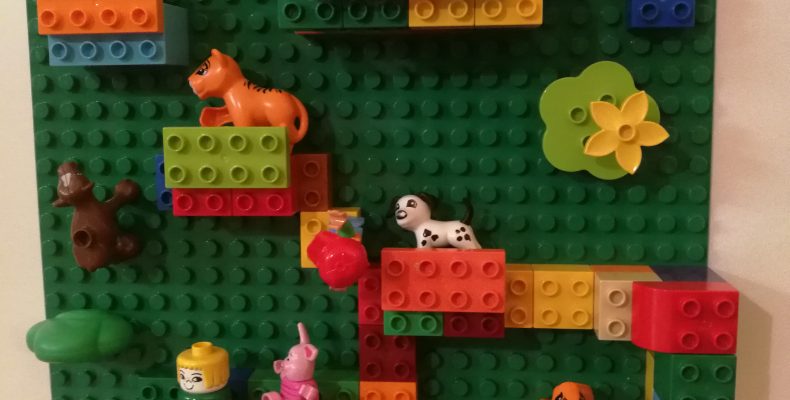
Those who know me a little better know that my fascination for Lego, Duplo and especially for Lego technique has been preserved until today. Once a year, I have to assemble at least one of these big Lego Technik kits. Here is a small, funny and entertaining hack how to…
Drone crash over Zurich
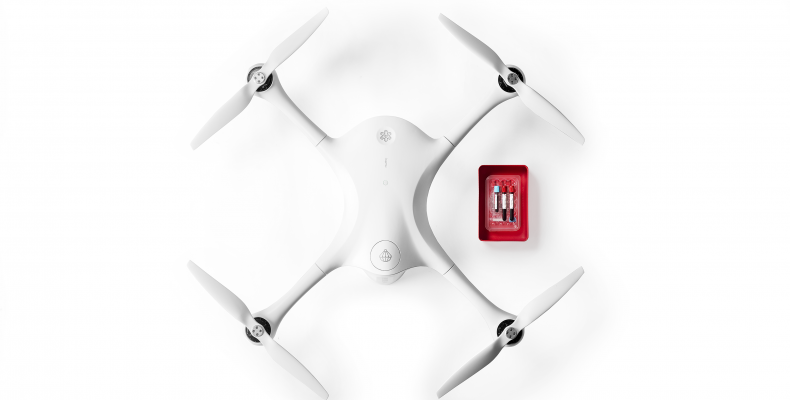
A post-drone crashed into the lake via Zurich during the test phase. Of course a found media devour ? I have now decided to add my mustard. I am a great advocate of automated aircrafts and vehicles and have been waiting for autonomous passenger vehicles since 2001. Some drivers drive…
Volumetric 3D Printing
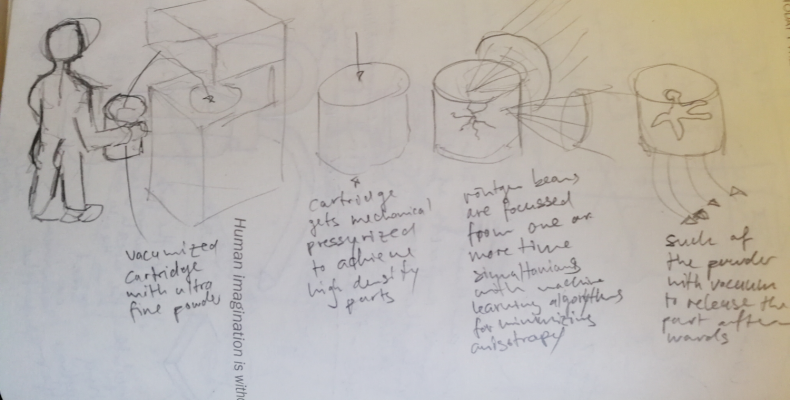
Yesterday I had one of those moments of disappointment again, which one as an inventor unfortunately has again and again. I read an article reporting that a patent had been filed for volumetric 3D printing. At first I was very disappointed, because I thought about it a few years ago….
Tensorflow GPU Installation on Windows

Tensorflow is a library that is often used with Python to solve deep learning problems. This could be object recognition in images, style transfer of images as you might know it from apps like DeepArt and Prisma or language tools that can recognize the mood of a tweet. I use…
Using Google CoLab with GPU or TPU

If you just want to test a deep learning model quickly, you can use the online tool Google CoLab , there you also have the possibility to use a GPU and even for free. Activate GPU or TPU in notebook By default the notebook runs on the CPU. If you…
Advanced 3D Printing :: Reinforcing Threads
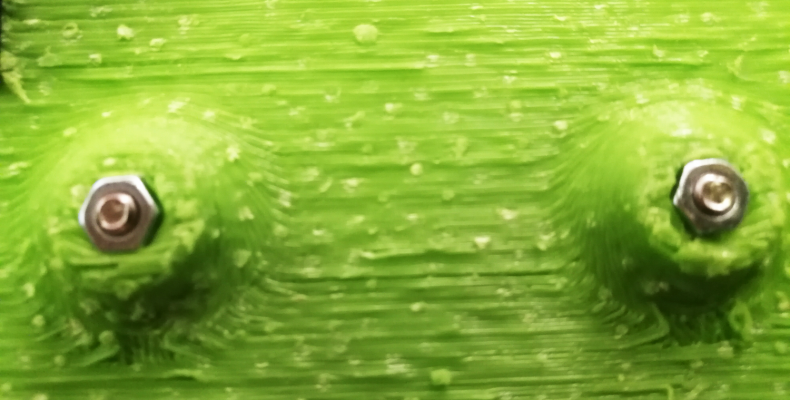
Basically it has to be noted here that it is not really worth to model threads for 3D printing in plastic. 😉 Sure, there are plugins for many CADs, so that you can model threads, but the only method I would try is 3D printing in metal. But I suppose…
Bug in filament calculator
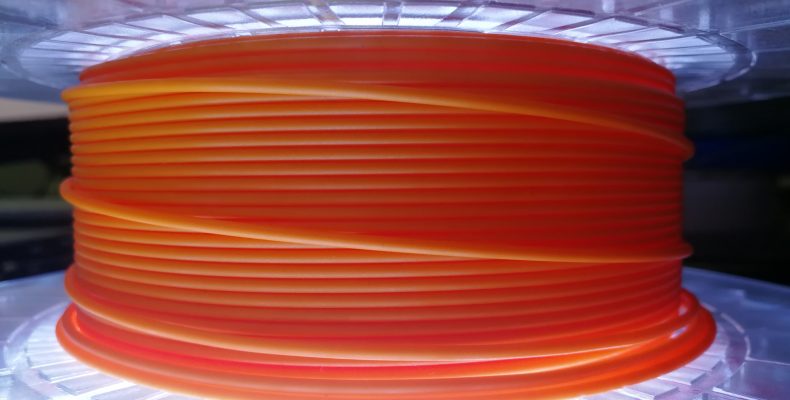
Unfortunately an error crept into my new filament calculator, which led to the fact that I included invisible fields in the calculation, which led to strange results. I was able to fix that now and hope you’ll send me more feedback about the filament calculator.
3d printing tools
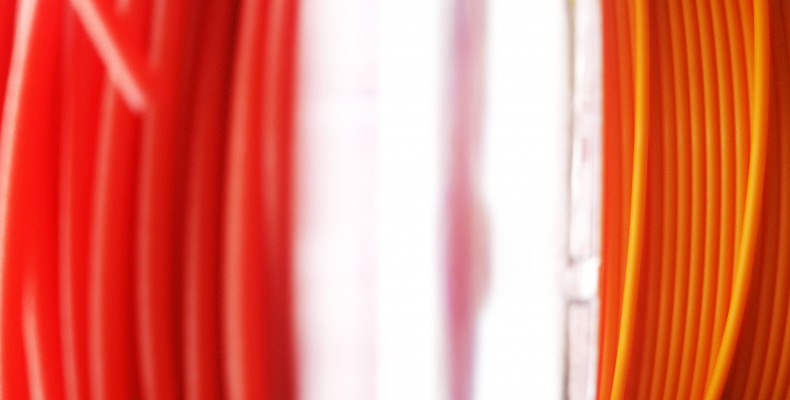
If you print a lot of 3D, you surely know the problem that you want to run a job, but you don’t know if there is still enough filament in the printer. All slicer software I know adds a comment line in the gCode file with the expected length in…
What is anisotropy?

“Anisotropy” means that the properties of a material depend on the direction in which the force is applied. The 3D printing process tends by nature to build up a weakness along the Z axis because the connections between the layers are not so strong. This peculiarity of the 3D printing…
 Ben learnt the mechanical craft from scratch in the workshop and then as a technical merchant. He then worked for a few years as a database programmer.
Then he studied mechanical engineering.
And he has completed some CAS trainings in Data Science.
Today he develops special machines for a special machine construction company in Switzerland.
In 2014 he founded the FabLab at Winterthur, Switzerland.
He's main hobbies are his girlfriend, inventing new things, testing new gadgets, the FabLab Winti, 3d-Printing, geocaching, playing floorball, take some photos (www.belichtet.ch) and mountain biking.
Ben learnt the mechanical craft from scratch in the workshop and then as a technical merchant. He then worked for a few years as a database programmer.
Then he studied mechanical engineering.
And he has completed some CAS trainings in Data Science.
Today he develops special machines for a special machine construction company in Switzerland.
In 2014 he founded the FabLab at Winterthur, Switzerland.
He's main hobbies are his girlfriend, inventing new things, testing new gadgets, the FabLab Winti, 3d-Printing, geocaching, playing floorball, take some photos (www.belichtet.ch) and mountain biking.

Last Comments